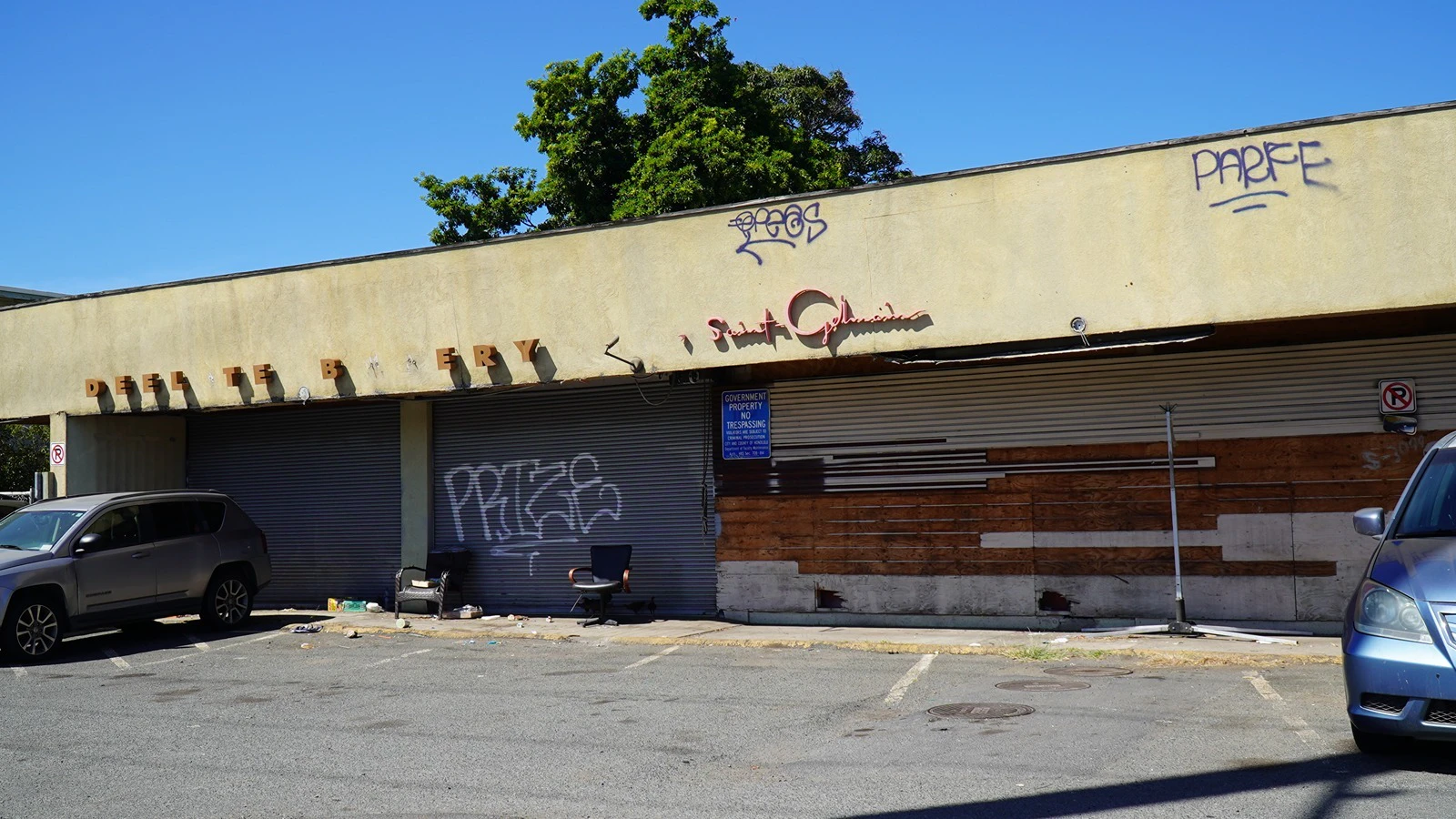You’ve heard much from me lately about how the state Legislature seems to have gotten serious about addressing Hawaii’s extreme lack of affordable housing — and there is recent progress at the county level to highlight as well.
I’ve said it before, but it bears repeating: There is no silver-bullet solution to our state’s housing crisis.
I’ve also said time and again that going after scapegoats such as empty homes and short-term rentals is not a viable way to increase the housing supply.
Instead, we must target the multitude of laws and regulations that make it difficult or expensive to build. These reforms don’t capture headlines, but they are far more likely to make a difference for our family and friends who are in need of an affordable place to call home.
Consider, for instance, how allowing property owners to construct prefabricated homes would create another option for new housing.
Technological advances have made prefab homes a safe and viable way to construct housing more quickly and efficiently, so establishing a regulatory path for their use could help to reduce housing costs.
The Maui County Council is considering a bill that would do just that. Now, homes that are manufactured off-site aren’t currently illegal, but the county has no specific rules on the books for permitting or inspecting them.
That level of uncertainty serves as a deterrent for homebuilders — especially considering how arduous the county’s permitting process can be for structures that already have set rules in place.
Maui County also made strides earlier this summer in passing an ordinance that allows dwellings in residential and rural districts to have a kitchenette.
Restricting residences to only one kitchen per unit was an overly strict rule that discouraged multigenerational households and rooming situations. On the other hand, allowing dwellings to have a second, smaller kitchen makes it easier to increase housing density.
Meanwhile, the Hawaiʻi County Council is considering a bill to make single-family homes, duplexes and multifamily dwellings by-right permitted uses in mixed-use zoning districts. This would bring the county into alignment with the state’s goal of allowing residential dwellings in all commercial zones.
Removing unnecessary zoning restrictions, such as rules that prevent construction of housing in areas zoned commercial, is a cost-free way to encourage housing growth.
The Maui and Hawaiʻi county councils deserve praise for moving forward with meaningful housing reform.
As simple as these regulatory changes might seem, they still help us to inch ahead toward increased housing supply. And as my late friend Dick Rowland, founder of the Grassroot Institute of Hawaii, liked to say, “By the yard, everything is hard. But inch by inch, everything’s a cinch!”
Reprinted with permission from the Sep. 6, 2025 "Presidentʻs Corner" of Grassroot Institute of Hawai‘i President & CEO Keli‘i Akina, Ph.D.
For the latest news of Hawai‘i, sign up here for our free Daily Edition newsletter!





